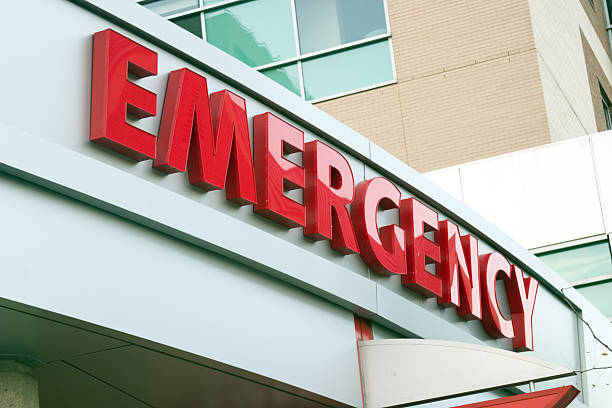Understanding Social Vulnerability: Insights for mobile healthcare providers

By Hilary Adeleke, Harvard College
Social Vulnerability Index
Social vulnerability measures a community’s risk for negative health outcomes from external stressors, like natural disasters and disease outbreaks. The Centers for Disease Control and the Agency for Toxic Substances and Disease Registry have identified and scaled social vulnerability for areas by looking at multiple factors. Some of these factors directly overlap with social determinants of health. They include socioeconomic status, household characteristics, racial and ethnic minority status, housing type, and transportation. A low social vulnerability marks a community with a lower risk of poor health outcomes following a stressor; high social vulnerability marks a higher risk. With this data, officials and administrators can determine needed interventions at various stages to support and prevent disastrous outcomes. As many mobile clinics serve in areas with high levels of social vulnerability, they are a vital part of this conversation.
Mobile Healthcare as an Answer
Communities with high-risk social vulnerability face more difficulty bouncing back from disasters. Less resilience can lead to long-term damage. Public health officials use this data to inform interventions for places in need and to prevent severe issues. Mobile healthcare operates with this same logic. Mobile healthcare can deliver health services to vulnerable groups. This form of healthcare delivery is mindful of the local landscape that shapes health decisions and outcomes. These services have also largely contributed to improving community health.
Social vulnerability also intersects with populations who face higher health burdens. These groups include racial and ethnic minorities, low-income, LGBTQ+, homeless/unhoused, etc., and those who have historically faced restricted access to healthcare. During disasters, populations with high social vulnerability are at a disadvantage. The same factors contributing to their vulnerability hinder effective response and recovery, creating a heightened risk of injury or death. Mobile clinics can provide healthcare by meeting people where they are. These clinics reach populations in need of services and contribute to positive long-term health outcomes.
Real World Impact
Mobile clinics also play a role in disaster response, managing disease outbreaks, and providing aid.
Mobile health clinics have a key role in disaster response. Disasters worsen chronic health conditions as people lack access to medication and immediate medical assistance. For example, during Hurricane Katrina in 2005, mobile health units operated out of emergency rooms and shelters to continue basic healthcare delivery to displaced individuals. Mobile health clinics also operate as temporary emergency responders. During the Maui wildfires, these units primarily delivered medical supplies and immediate aid to evacuees, along with non-medical items such as food and water.
Mobile health delivery became more common during the COVID-19 pandemic. Due to unequal morbidity and mortality rates in marginalized communities, there was a need to boost vaccination rates in these areas. Mobile clinics largely contributed to shrinking the vaccination gap by delivering vaccinations in neighborhoods. In Boston, these initiatives boosted the vaccination rate, even exceeding areas with less social vulnerability. Across various states, many mobile clinics have transitioned to providing primary care services within the same communities. This transition highlights that mobile clinics can adapt during disasters, outbreaks, and times of peace.
Why do we include the social vulnerability index by county information on the Mobile Health Map?
The Mobile Health Map’s impact tracker includes Social Vulnerability Index shaded by county. This visual marks each county’s status and available clinics. We can clearly see the number of socially vulnerable counties and their respective mobile health units. There are still gaps in care and access. These gaps are reminders of where future and current mobile health clinics can have the greatest impact.
Where does this data come from?
Data for the social vulnerability index comes from the Center for Disease Control and the Agency for Toxic Substances and Disease Registry.
Keep exploring the Map!
We encourage you to explore the other layers of the impact tracker. These include data about populations that are uninsured, have low incomes, report poor physical or mental health, and have fewer doctor and dentist visits. Stay on the lookout for blog posts on these topics in the future!
Hilary is a senior at Harvard College studying History of Science and Global Health and Health Policy, with interests in medicine, public and global health, and policy. In her free time, she enjoys reading, reviewing Nollywood movies, and exploring Boston!

